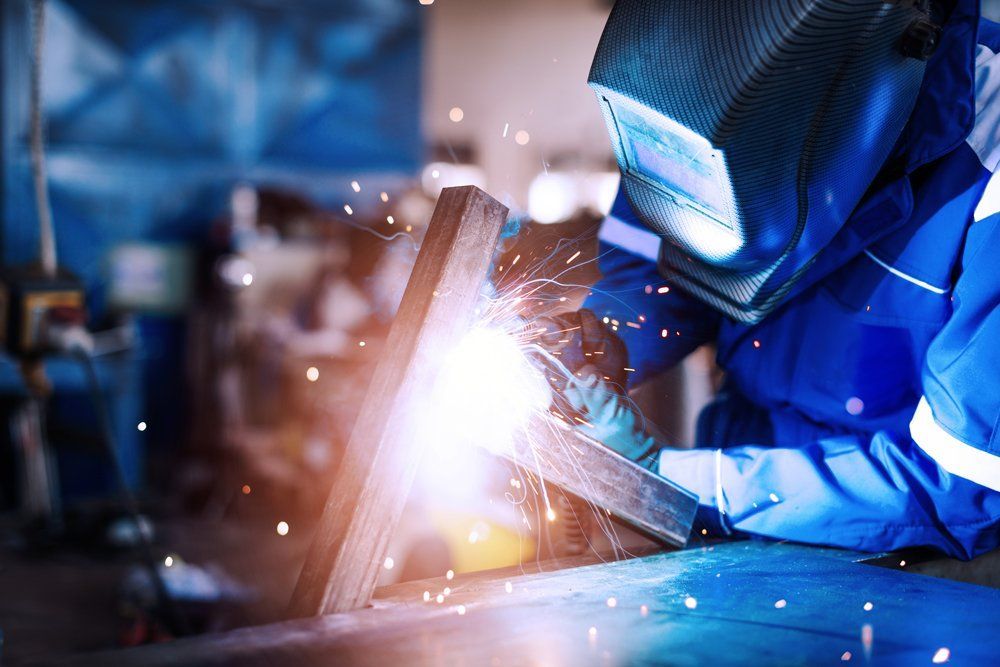Good Versus Bad Welds: Exploring Different Types of Welding
Welding is both an art and a science, offering a permanent, cost-effective solution to joining metals for fabrication purposes.
Various tests exist to determine a weld's integrity. With some helpful visual cues, you can quickly tell between a good and a bad weld.
You need to spot a bad weld before it becomes a safety hazard. But that isn't always easy, especially if you've got no idea where to look. Here is a brief outline of the common types of welding techniques and how to differentiate between a good and a bad weld.
MIG Welding
Metal Inert Gas (MIG) welding is the most common technique for home and industrial projects. Here, a wire electrode is connected to a welding gun.
The consumable electrode generates an electric arc with the target piece of metal. Due to the heat generated, both metals melt and form a weld pool resulting in a joint.
Good welds will appear smooth and uniform without cracks. Also, a MIG weld won't have any distinctive patterns if done correctly. For a poorly done MIG weld, you can expect to see signs such as:
- Porosity : You can see small gas pockets inside the hardened weld. Gas pockets form because of insufficient shielding gas coverage.
- Incomplete fusion : The weld metal and base metal don't fuse completely. You'll notice bumps along the weld that make it appear less uniform.
- Weld weakness: Weld beads are too thin, decreasing the strength of your weld. The resulting joint is likely to break off.
- Burnout . The end of the weld shows signs of severe melt-through. A burnout will occur after heat builds up inside the weld and base metal.
- Tungsten inclusion . You'll spot small tungsten particles stuck inside the weld. Scattered inclusion could occur if the tungsten electrode isn't big enough to handle the current passing through it.
- Inconsistent bead pattern . You see a wide flat bead instead of a distinct pattern to the finish.
- Cracking : You're likely to notice sections of weld discontinuities brought on by poor joint layout.
- Spatter : Visible molten droplets from the weld pool settle around the welding. The weld joint will have a lot of spatter if the arc length exceeds certain limits.
- Undercutting : You notice a long, slender cut extending along the weld joint. Poor weaving and excess current will result in this defect.






